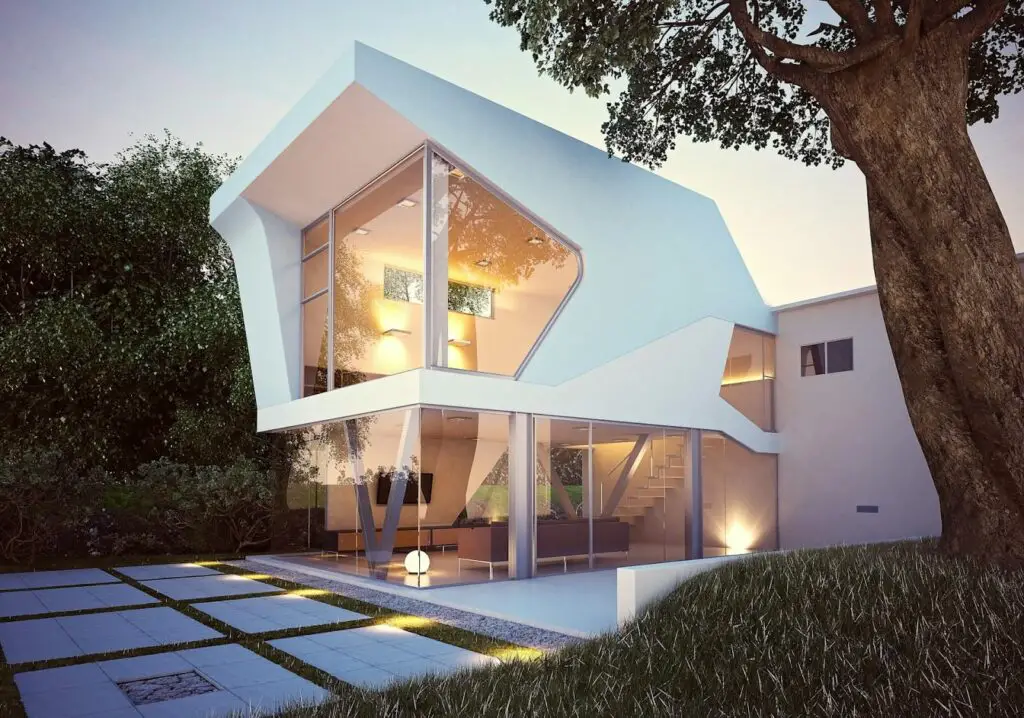Building your dream home isn’t just about bricks, blueprints, and permits, it’s about turning your vision into a real, tangible space where life unfolds. A great residential architect doesn’t just draw plans; they listen first. They dive deep into your wants, needs, and even your quirks to create a home that’s a true reflection of you. In this blog, we’ll unpack how the art of listening is the foundation of exceptional residential architecture and how it shapes every corner of your future home.
Why Listening Is the First (and Most Important) Tool in Architecture
Before a single line is sketched, the most critical work an architect does is listen. When you first meet with an architect, they’re not just hearing about room counts or square footage, they’re absorbing the feeling you want your home to have.
Understanding your daily habits, favorite spaces, hobbies, family dynamics, and even long-term plans all feeds into a design that’s truly custom. Without active listening, even the most beautiful designs could end up feeling hollow or impersonal. It’s this process that distinguishes a house that functions from a home that feels right.
Active listening also helps anticipate problems before they become major roadblocks. When an architect understands your lifestyle, they can suggest solutions you hadn’t even thought about like better traffic flow through the kitchen or creating cozy reading nooks based on your love of books.

From Vision Board to Blueprint: How the Transformation Happens
Once your architect has a deep understanding of your dreams, they begin translating that vision into concrete plans. This part of the journey is both creative and technical. Architects blend your wishlist with zoning regulations, building codes, site conditions, and budget constraints. The initial sketches are rough, more about energy and ideas than perfection. But they represent an early fusion of your vision with professional expertise. Through collaborative revisions, those sketches evolve into detailed blueprints. Each door swing, window height, and floor transition has been thought through, ensuring that the final design isn’t just beautiful but liveable. It’s a step-by-step dance between imagination and reality.
Key Elements Architects Listen for When Designing a Dream Home
You might be surprised how much detail a great architect pulls from conversations. Here are a few key things they listen for:
- Lifestyle Needs: Do you host a lot of guests? Do you work from home? Your day-to-day life shapes space planning.
- Family Dynamics: A growing family has different needs than empty nesters or single professionals.
- Aesthetic Preferences: Whether you love sleek minimalism or cozy bohemian vibes, your style guides material and color choices.
- Future Planning: Are you planning to age in place? Want flexible spaces that can evolve with your family?
- Emotional Triggers: Sometimes it’s about capturing a feeling like the way morning light hits a breakfast nook rather than a specific design element.
Every comment you make, every casual mention of something you love or hate, becomes part of the rich data architects use to design your ideal space.
Real-World Collaboration: Clients and Architects as Co-Creators
Some people imagine working with an architect as a one-way street: you give input, and they deliver a design. But truly exceptional projects are collaborations. Architects act as creative interpreters, not dictators. Your ideas, inspirations, Pinterest boards, and wishlists are crucial inputs. The best architects encourage open communication throughout the design phase and even during construction. Frequent check-ins, design updates, and walk-throughs help ensure the home you build matches the one you dreamed of. You stay involved every step of the way, tweaking details and refining plans together. Design your next residential project with confidence by choosing Van Voorhis, a trusted residential architect in Orange County. Their process starts with listening and it stays centered on your vision every step of the way. This collaborative spirit makes the whole experience less stressful and more fulfilling. Instead of feeling like you’re at the mercy of an expert, you feel empowered like an active partner in bringing your future home to life.
Listening in Action: How Problems Are Solved Before They Start
Designing and building a custom home isn’t without challenges but strong listening skills help solve problems early.
For instance, you might prioritize energy efficiency without knowing the best way to achieve it. A good architect listens to that desire and proposes solar panel systems, strategic window placement for natural light, or high-performance insulation.
Or maybe you’re worried about future mobility issues. You might not specifically ask for wider hallways or step-free entrances, but by listening carefully, an architect will incorporate universal design principles subtly and stylishly.
Anticipating concerns before they’re emergencies saves time, money, and heartache. It ensures that your dream home is also a smart, future-proof investment.
Choosing the Right Architect: Listening Should Be Non-Negotiable
Not every architect brings the same approach to listening. Some firms prioritize signature styles over personal customization, and that’s fine if you’re after a certain look. But if you want a home that’s genuinely yours, pick someone who values collaboration.
When interviewing architects, pay attention to how they engage with you. Are they asking questions about your lifestyle, your future, your favorite memories? Are they repeating your priorities back to you to confirm understanding? If so, you’re in good hands.
Listening Builds More Than Homes: It Builds Trust
At its core, architecture is about more than buildings. It’s about relationships. When an architect listens well, they’re building trust and that trust forms the foundation for everything that follows. You’re investing more than money into a home; you’re investing hopes, dreams, and the backdrop of your future memories. Knowing your architect truly hears you makes the journey more rewarding. It makes the final product not just a house you live in, but a home you love.






